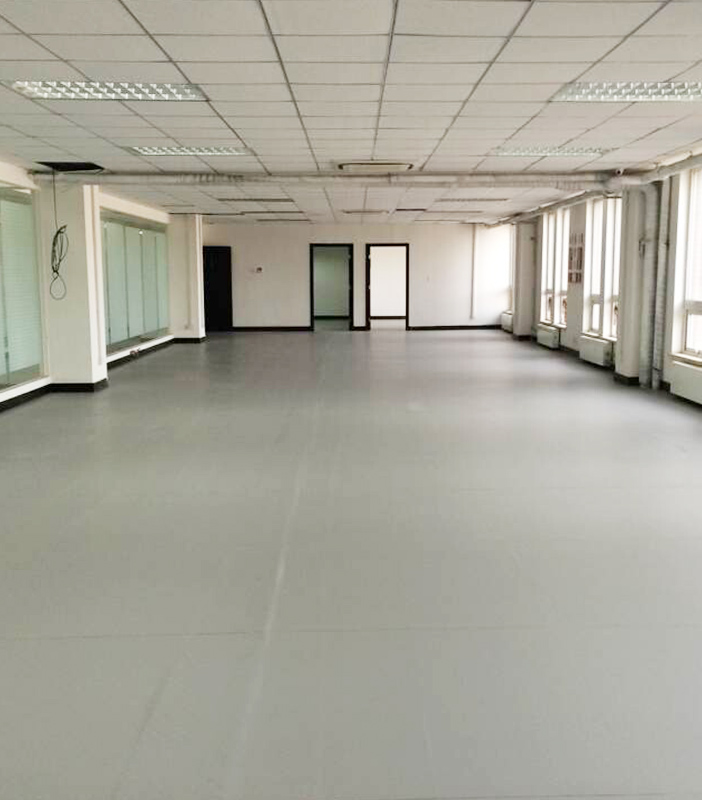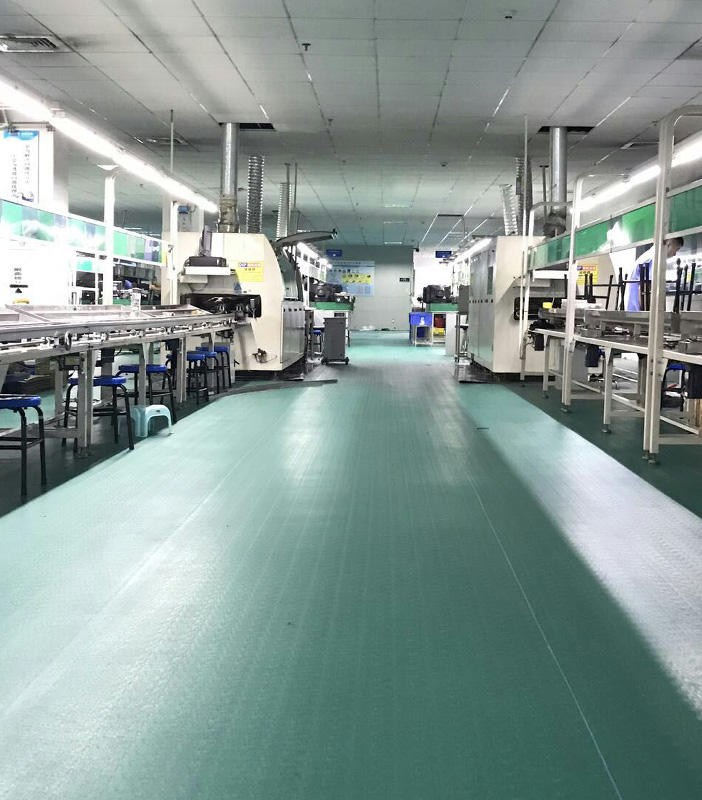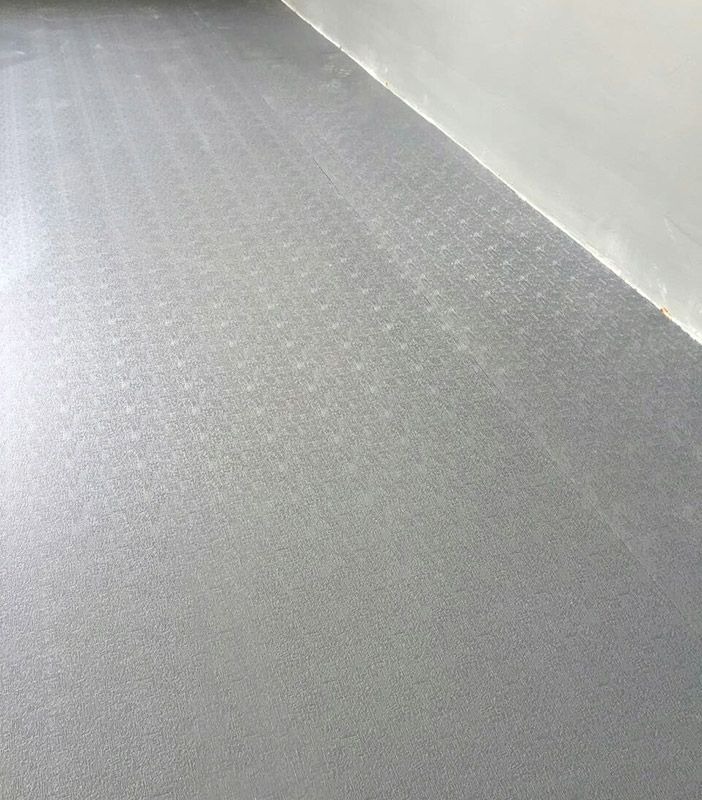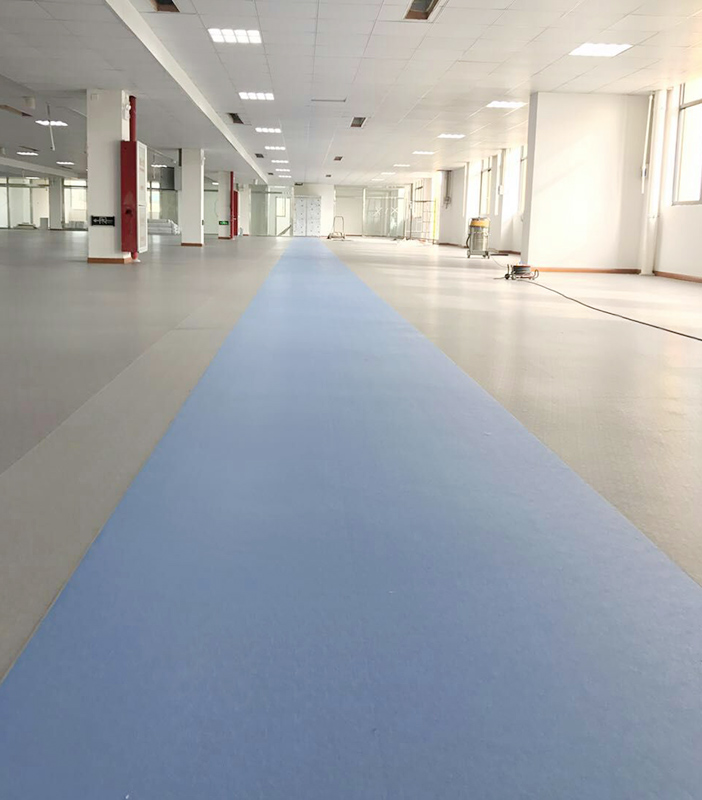ESD Anti Static Table Mat Manufacturing Supplier For Sale
As the electronics industry advances, the protection of sensitive components from electrostatic discharge (ESD) has become a top priority. One essential tool in this protective arsenal is the anti-static table mat. These mats are increasingly being recognized for their critical role in preventing ESD-related damage, which can result in costly repairs and product failures.
Anti-static table mats are designed to prevent the buildup and discharge of static electricity. They are typically made from layers of static-dissipative and conductive materials that work together to ensure any static charge is safely dissipated. The structure generally includes a durable, static-dissipative surface layer, a conductive middle layer, and a non-slip bottom layer. These layers are crucial for providing a safe working surface for handling electronic components.
Component Protection: Electronic components, such as microchips and circuit boards, are highly vulnerable to static electricity. Even small static discharges can cause significant damage. Anti-static table mats help to prevent such discharges, thereby protecting these sensitive components.
Enhanced Safety: In work environments where static electricity can be a hazard, anti-static mats contribute to a safer workspace. Static shocks can be not only uncomfortable but also potentially dangerous. By reducing the likelihood of these shocks, anti-static mats help maintain a safer environment for employees.
Quality Assurance: Maintaining high-quality standards is essential in electronics manufacturing and repair. ESD can cause defects that affect the performance and reliability of electronic devices. Using anti-static mats helps to ensure that products are manufactured and repaired in an environment that minimizes ESD risks, thereby supporting quality assurance efforts.
Regulatory Compliance: Many industries have specific standards for ESD protection. Anti-static table mats help companies comply with these regulations, ensuring that their operations meet industry requirements and avoid penalties.
The use of anti-static table mats is expanding across various sectors, highlighting their versatility and importance:
Electronics Manufacturing: In assembly lines where electronic devices are put together, anti-static mats are essential. They provide a stable and safe surface for workers to handle and assemble components, reducing the risk of ESD-related damage.
Repair Centers: Service centers that deal with the repair and maintenance of electronic devices rely on anti-static mats to protect the devices they work on. These mats ensure that repairs are carried out in an environment that does not introduce new problems due to static electricity.
Research and Development: In labs where new electronic technologies are developed and tested, maintaining an ESD-safe environment is critical. Anti-static mats help protect experimental setups and sensitive equipment from static damage, facilitating smooth R&D processes.
Cleanrooms: In highly controlled environments like cleanrooms, anti-static mats play a dual role in maintaining both cleanliness and ESD protection. They are essential for ensuring that both environmental and static control standards are met.
As technology continues to evolve, the demand for robust ESD protection will likely increase. The anti-static table mat market is expected to grow, driven by advancements in electronic components that are more sensitive to static discharge. Manufacturers are continually developing new materials and designs to improve the effectiveness and durability of these mats, making them even more integral to modern electronic workspaces.
The importance of anti-static table mats in the electronics industry cannot be overstated. These mats provide essential protection against electrostatic discharge, safeguarding sensitive components, enhancing workplace safety, and ensuring product quality.

 简体中文
简体中文 English
English España
España Deutsch
Deutsch




